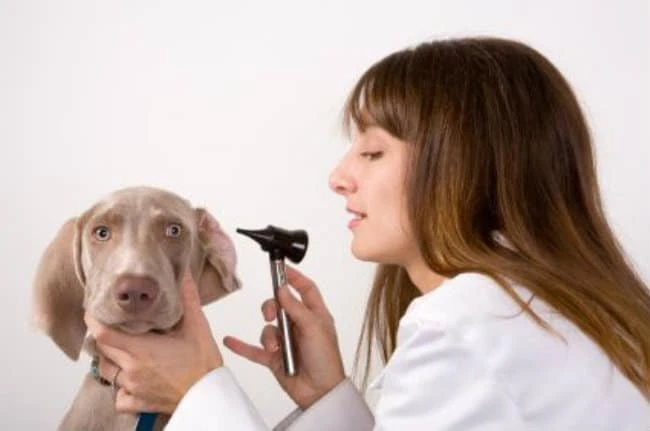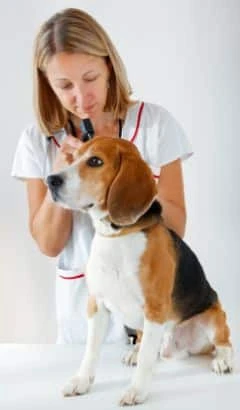Canine Yeast Infections, A guide to the causes, diagnosis and treatment

Yeast infections in humans are often caused by a yeast known as Candida albicans whereas the most common yeast infection to affect dogs is called Malassezia pachydermatitis. For some unknown reason some breeds are more susceptible to the skin condition especially dogs that have a Keratinization disorder (also known as Seborrhea). Other causes of the condition can be due to allergies and dogs that have been on antibiotics.
The most common symptoms of a yeast infection include…
- Dry itchy and irritated skin – that may cause excessive itching, scratching and biting of the affected area.
- Loss of hair is another symptom of the condition.
- A dog with a yeast infection may cough or start sneezing.
- You may notice a nasty smell coming from your dog – ear yeast infections can be very smelly. Floppy ears in specific breeds such as Cocker Spaniels, Springer Spaniels, Basset Hounds, Beagles, Shih Tzus’ have the perfect temperature for developing the infection. Floppy ears also have a lack of air circulation which can also lead to a yeast infection.
- Eczema and Hives are also a symptom of of yeast infections.
- Eye problems can also occur leading to red itchy eyes and excessive tears being produced.
- You may also notice nasal discharge from the nose of your dog.
- Joint pain can also develop.
- You pooch may also develop a urinary tract infection.
- Diarrhea, vomiting and constipation are common sign.
- Bad breath is a common symptom.
- Tiredness and a lack of energy are also a common symptom of the condition.

Diagnosis and Treating Yeast Infections in Dogs…
There are a variety of methods used to diagnose this condition including…
Samples taken via a tape
An impressions smear
Through medical history and medical history
Skin scraping through cotton swabs which will then be tested.
Treating the Canine Yeast Infections…
The treatment for the condition may include…
Medication
Better diet and nutrients
Good hygiene – regular grooming and washing hidden areas
Natural treatment can include the use of apple cider applied to affected area – yeast won’t grow if the area is to acidic.
A Grain free dog food is also a good idea





